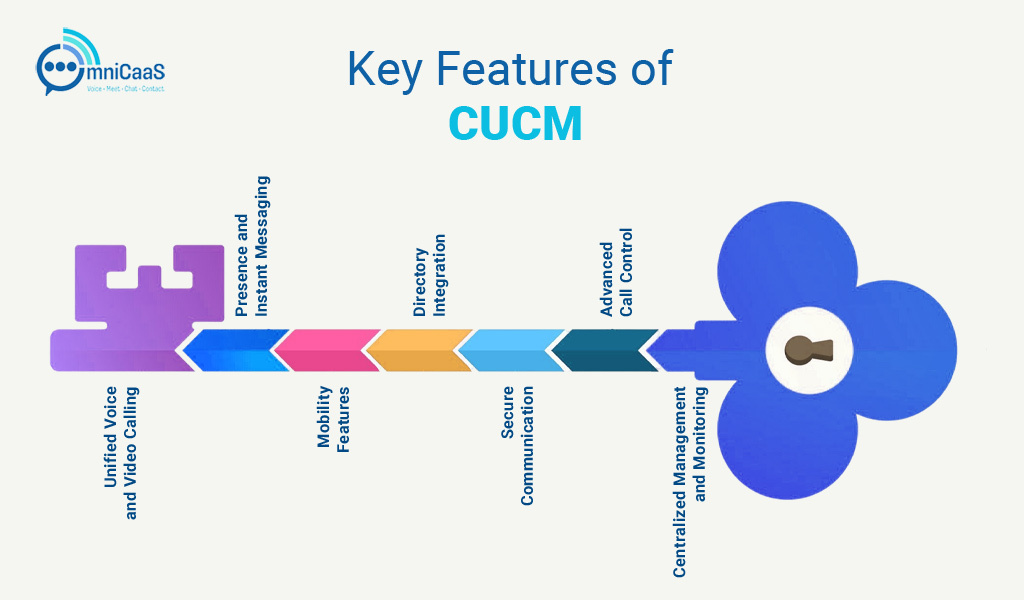
Seamless communication has become the foundation of productivity, collaboration, and customer engagement across modern businesses.
As enterprises shift from traditional telephony toward integrated communication solutions, Cisco Unified Communications Manager (CUCM) has emerged as one of the most trusted platforms. It allows organizations to consolidate voice, video, messaging, and mobility under a single, secure, and scalable system.
What is Cisco Unified Communications Manager (CUCM)?
The core of Cisco’s Unified Communications (UC) package is Cisco Unified Communications Manager (CUCM), originally known as Cisco CallManager. This commercial-grade IP telephony call-processing system offers messaging, mobility, video, and audio services throughout your company.
As the brain of your company’s communication network, CUCM essentially handles and routes calls between IP phones, gateways, and other endpoints. CUCM guarantees continuous communication quality and dependability, whether your users are connecting from distant places, mobile devices, or office desktops.
CUCM integrates with VoIP (Voice over IP) and PSTN (Public Switched Telephone Network) systems, providing flexibility to transition from legacy telephony infrastructure to modern, internet-based voice systems.
CUCM Architecture Overview
The CUCM architecture is built to be flexible, scalable, and efficient. It uses a multi-tiered distributed approach that divides database services, media management, and call processing.
Fundamentally, CUCM functions as a multi-node cluster-based system, forming the backbone of modern Unified Communications Solutions. High availability and load balancing are guaranteed by this distributed design, ensuring that communication continues without interruption even in the event of a node failure.
- Publisher Node: The primary node that maintains the database of the entire system. All configuration changes occur here.
- Subscriber Nodes: Replicas of the publisher node that handle call processing tasks.
- TFTP Server: Hosts configuration files and firmware for IP phones.
- Media Resource Servers: Provide conferencing, music-on-hold, and media termination.
- Gateway Devices: Connect the IP network to the PSTN or other external systems.
Core Components of CUCM
Cisco Unified Communications Manager consists of several essential components that work together to ensure reliable communication.
Together, these components form the CUCM ecosystem that delivers secure, flexible, and high-quality communication experiences.
- Call Processing Component – Handles call setup, teardown, and control for IP phones and soft clients.
- Database Services – Stores configuration data for users, devices, and features, replicated across multiple CUCM nodes for redundancy.
- Media Resources – Includes conferencing, transcoding, and media termination points (MTP) to enable rich media capabilities.
- Gateways and Trunks – Connects CUCM with external networks such as PSTN or other VoIP systems.
- CTI (Computer Telephony Integration) Services – Integrates with CRM and other business systems for advanced call control and automation.
- Security Services – Provide encryption, authentication, and role-based access to safeguard communication.
- Administrative Interfaces – Web-based tools for configuration, monitoring, and troubleshooting.
Key Features of CUCM
Cisco Unified Communications Manager (CUCM) is more than just a call control platform. It is a comprehensive communications solution designed to unify voice, video, mobility, and collaboration across an enterprise.

With a rich feature set, it provides the performance, scalability, and security that modern organizations require to maintain seamless and efficient communication.
1) Unified Voice and Video Calling
CUCM has the ability to offer high-quality audio and video communications across several devices and locations. As a leading Business Phone System, CUCM delivers a uniform experience through a centralized control system, regardless of whether your staff members are utilizing mobile clients, softphones, or Cisco IP phones.
It makes high-definition video and audio conferencing possible, guaranteeing effective team and client collaboration. Even in remote network situations, clear, continuous communication is ensured by sophisticated codecs and bandwidth control. By doing away with the necessity for several fragmented communication platforms, this unified approach streamlines processes.
2) Presence and Instant Messaging
Modern workplaces thrive on real-time collaboration. Users can instantly see the availability of colleagues and connect through instant chat or voice. This integration enhances responsiveness, reduces communication delays, and improves collaboration efficiency, particularly in large or distributed teams.
3) Mobility Features
As hybrid and remote work becomes the norm, CUCM includes a comprehensive suite of mobility features to ensure business continuity beyond the office walls.
Key mobility functions include Single Number Reach (SNR), Extension Mobility, Cisco Jabber and Webex Clients.
These capabilities allow organizations to maintain consistent communication and customer interaction, even in flexible or geographically dispersed work environments.
4) Directory Integration
Managing user data and contacts can be complex in large enterprises. CUCM simplifies this with directory integration, syncing seamlessly with corporate directories and servers.
In doing this, the organization’s user accounts, extensions, and authentication information are guaranteed to be uniform and updated automatically. By removing unnecessary manual inputs and allowing users to find business contacts directly from their devices, directory integration also improves productivity and security.
5) Secure Communication
A key component of CUCM’s architecture is security. To make sure that audio and video connections are secure and impenetrable, Cisco uses many levels of security.
These features work together to provide a safe, legal communication environment that is appropriate for industries like government, healthcare, and finance that deal with sensitive or regulated data.
6) Advanced Call Control
One of CUCM’s strongest features is its extensive call control and management functionality, which allows organizations to design customized calling experiences based on business needs.
Administrators can configure advanced call features such as:
- Call Forwarding and Call Pickup
- Hunt Groups and Call Queues
- Call Park, Paging, and Intercom
- Speed Dial and Shared Lines
These features ensure that every call, whether internal, client-facing, or interdepartmental, is managed efficiently, reducing downtime and enhancing customer service.
7) Centralized Management and Monitoring
IT teams have total control over all communication systems thanks to CUCM’s unified administration interface. Administrators can setup users, manage endpoints, define rules, and keep an eye on system health from a single interface thanks to the user-friendly web-based dashboard.
The Real-Time Monitoring Tool (RTMT) and Cisco Unified Reporting are two examples of tools that offer information about possible problems, call quality, and system performance. Organizations are able to reduce interruptions and consistently provide excellent communication experiences because to this proactive monitoring.
Device and Endpoint Management
CUCM manages a wide range of communication endpoints. This includes IP desk phones, softphones, video endpoints, and conference systems.
Through its Device Configuration Interface, administrators can:
- Automatically provision IP phones via DHCP and TFTP.
- Assign extensions and user profiles.
- Configure phone button templates and feature access codes.
- Push firmware upgrades remotely.
Cisco supports both SIP and SCCP (Skinny Call Control Protocol) endpoints, ensuring compatibility with various device types. The system can handle tens of thousands of devices, making it suitable for enterprises of all sizes.
Call Processing and Routing
Fundamentally, the most important CUCM operations are call processing and routing. Cisco CUCM manages network connections, call routing, and reception.
To decide how to handle each call, it makes use of partitions, translation rules, route patterns, and dial plans. In order to control external and inter-site calls, CUCM also connects with gateways.
This intelligent routing ensures reliable connectivity and optimal call quality, whether for internal communication or external client interactions.
In a world where seamless communication defines business success, Cisco Unified Communications Manager (CUCM) stands out as a powerful and reliable solution. From call routing and device management to security, redundancy, and collaboration, CUCM empowers organizations to connect efficiently.
By partnering with experts like OmniCaas, businesses can ensure seamless CUCM deployment, integration, and management. We help maximize uptime, performance, and communication efficiency across every channel.


Post a Comment